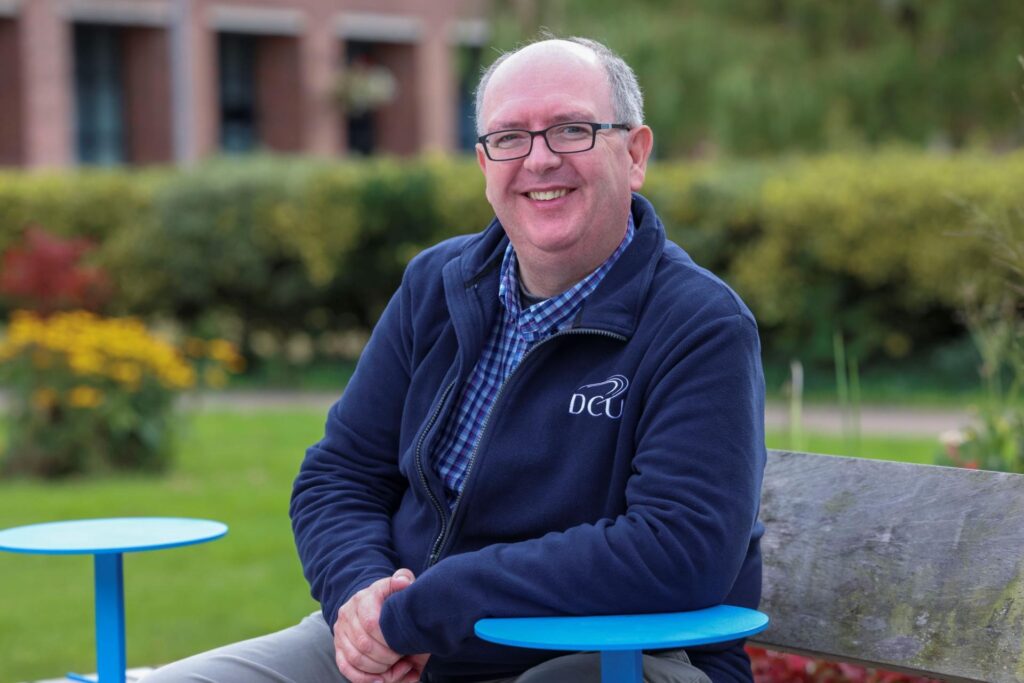First published: https://www.dcu.ie/science-and-health/news/2023/sep/dcu-technology-device-detection-pathogenic-infections-aquaculture
The development of nanostructures at the laboratory of Professor Enda McGlynn, School of Physical Sciences and PI in the NCPST, is a key part of an SFI Challenge Fun project to develop a device that will act as a point of care diagnostic test for diseases in fisheries and aquaculture.
The project is led by the Atlantic Technology University with Dr Niall Maloney as Principal Investigator working with Dr Orla Slattery, who has strong links with the fisheries and aquaculture industries.
This project will be supported by the Societal Impact Champion, Catherine McManus, who is the Operations Director of Mowi Ireland, one of the world’s largest seafood companies, and who brings a wealth of knowledge about sustainable aquaculture.
Prof McGlynn leads the DCU element, who will develop oxide-based nanostructures as a key part of a point of care diagnostic test for pathogenic infections within aquaculture farms, working with Dr. Jennifer Gaughran, also a PI in the NCPST.
The identification of pathogens on site will be a significant improvement over lab-based tests, as it will make the early diagnosis of disease now possible. It is hoped that such early diagnosis will lead to lower losses of fish stocks, and more sustainable fisheries.
Prof McGlynn is developing is a lateral flow test similar to the Covid-19 tests that were commonly used at home during the pandemic. The nanostructures will be made up of oxide nanorods; very thin, narrow structures with a high surface to volume ratio, providing a larger area for pathogens to adhere to.
Prof McGlynn explained that his lab will grow the nanostructures on substrates like nitro cellulose paper, which can then be incorporated into the lateral flow test.
Biorecognition elements (for example, antibodies) onto which gold nanoparticles are attached will specifically bind to pathogens and when a laser is scanned across them, it creates a temperature change indicative of the pathogen presence. The more pathogen that is present the larger the thermal signal that is produced.
The gold nanoparticle-antibody combination will only bind certain pathogens, determined by the antibody uses, allowing targeting and sensing of specific pathogens.
The ability to develop a device that will detect the amount of pathogen and the types of pathogens will be at the centre of this challenge.
The Irish aquaculture industry will be the primary benefactor of this project.
